After one visit, many visitors decide to move their belongings to Bonaire and stay permanently.
Susan Davis lived in Chicago all her life before coming to Bonaire to scuba dive in 1988. Four years later, the American tourist sold everything she owned in her home country and bought a one-way ticket back to the Dutch Caribbean island to live. She now works as a bird-watching guide on the island.
“I love Bonaire,” said Davis, now in her 60s. Recalling her first visit to the island, Davis said that on the day she was due to fly back to the United States, she sat on her bed in her rented room and told herself that she would one day return to live there.
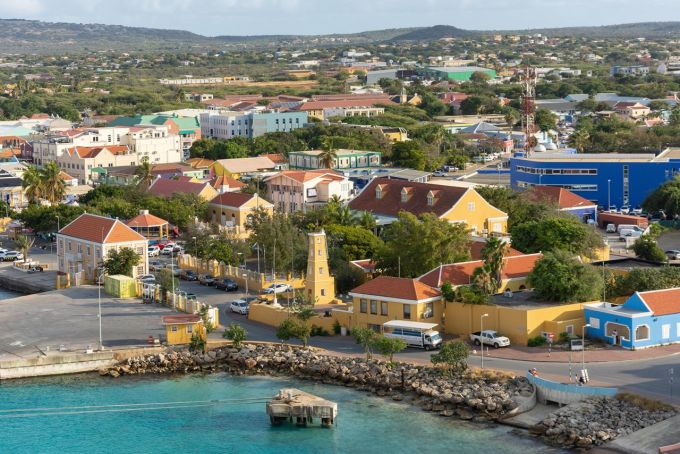
Bonaire Island. Photo: Alamy
In the 1960s, Bonaire had a population of fewer than 6,000. By 2010, the population had grown to 15,000. Today, about 23,000 people call Bonaire home, according to Statistics Netherlands.
“Tourists are attracted by the peace and positive vibes the island offers,” said Rolando Marin, an employee of the Bonaire Tourism Board.
Bonaire is located off the coast of Venezuela and is one of three islands in alphabetical order belonging to the Kingdom of the Netherlands: Aruba, Bonaire and Curacao. Bonaire covers 287 square kilometers and can be driven around in 3-4 hours.
The island is famous for scuba diving, but not everyone knows about this place, except for professional divers or the Dutch. It is this scuba diving that makes tourists who come here want to stay and stay for a long time.
There is a small airport on the island. It takes about 10 minutes by car to the capital city of Kralendijk, where most of the resorts are located. At Delfins Beach Resort, rooms are equipped with kitchenettes, as most guests stay for a few weeks or longer. In addition to the resorts, the island also offers small houses for rent via Airbnb. Many rent for under $100 a night.
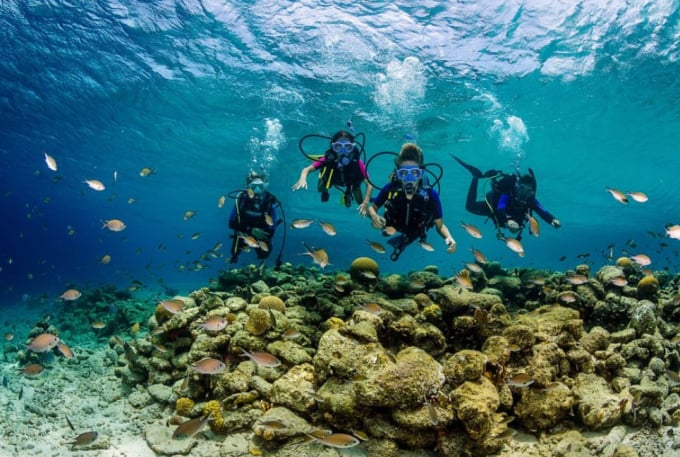
Tourists scuba diving in Bonaire. Photo: Tourism Corporation Bonaire
The food is mainly fresh seafood caught from the sea, such as tuna, barracuda, and mahi-mahi. The islanders have long been committed to sustainability. Every day, people line up on the side of the road near a food truck called Cactus Blue Bonaire to receive a bag of lionfish. Lionfish are an invasive species, and divers catch them daily to prevent their spread. The food truck serves lunch on weekdays, parked at a dive site near the airport. The food plates are reusable. The juice bottles are glass. Customers return the bottles after finishing their drinks to reuse them.
The island is home to a donkey, sea turtle, flamingo sanctuary and a coral reef regeneration fund. The island government is trying to eliminate plastic waste. In 2022, the island will ban plastic straws and cutlery.
Compared to Aruba and Curacao, Bonaire is less developed, which means it is less urbanized. In 1999, the island government purchased a private island less than a mile away for $4.6 million. The island is a nature reserve, and all development and concrete are prohibited. Visitors can reach the islet by water taxi or boat to visit the sea turtle nesting area.
Harry Schoffelen, co-owner of the Cactus Blue Bonaire food truck, came to Bonaire in 2010 when his life was at a crossroads. Since then, Schoffelen has never left the island. "How can you not love this island? I meet so many people who come here for the first time and then buy a house to stay," said the 50-year-old.
Bonaire is considered a safe destination. The US State Department has classified the island as a Level 1 travel risk, the lowest level. In addition, the island has warm weather, good public schools, and free health care for residents. Bonaire has no traffic lights, goats and flamingos roam freely, beautiful beaches, and affordable housing.
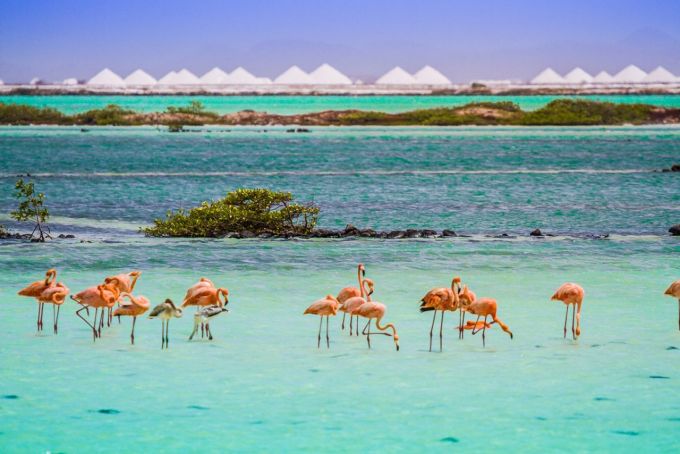
Flamingos on the island. Photo: Tourism Corporation Bonaire
Kiki Multem, a travel blogger in her 30s, decided to move to Bonaire after visiting for five days in 2021. One of the reasons Multem stayed was because “the people are incredibly friendly” and “I really found peace here.” Life on the island has changed Multem for the better.
Long-term stays in Bonaire are easy to apply for. Dutch or American passport holders can stay for six months each year without a residence permit. Many other nationalities can stay for up to 90 days at a time. There are also no restrictions on foreigners buying homes on the island.
Bonaire has its drawbacks. When Davis first moved to the island, she found there were few sources for everything from groceries to hardware to home decor. Davis said she was “happy to find mushrooms in the supermarket.” Prices are higher than in the U.S. or Europe due to shipping costs and import duties. Still, Davis loves life here. She goes to the beach every day. When her tire blew out on the road, other drivers stopped to help.
"Bonaire has a certain magic. When people first come, they see the lovely island with the beaches, the friendly people. By the time they're there for a week, the magic has set in. They feel the pull of the island," Davis explains why so many people love the island and want to move there like her.
Anh Minh (According to CNN )
Source link


![[Photo] President Luong Cuong and King Philippe of Belgium visit Thang Long Imperial Citadel](https://vstatic.vietnam.vn/vietnam/resource/IMAGE/2025/4/1/cb080a6652f84a1291edc3d2ee50f631)
![[Photo] Prime Minister Pham Minh Chinh meets with King Philippe of Belgium](https://vstatic.vietnam.vn/vietnam/resource/IMAGE/2025/4/1/be2f9ad3b17843b9b8f8dee6f2d227e7)
![[Photo] Close-up of Vietnam's sniffer dog team searching for earthquake victims in Myanmar](https://vstatic.vietnam.vn/vietnam/resource/IMAGE/2025/4/1/d4949a0510ba40af93a15359b5450df2)
![[Photo] General Secretary To Lam receives King Philippe of Belgium](https://vstatic.vietnam.vn/vietnam/resource/IMAGE/2025/4/1/e5963137a0c9428dabb93bdb34b86d7c)
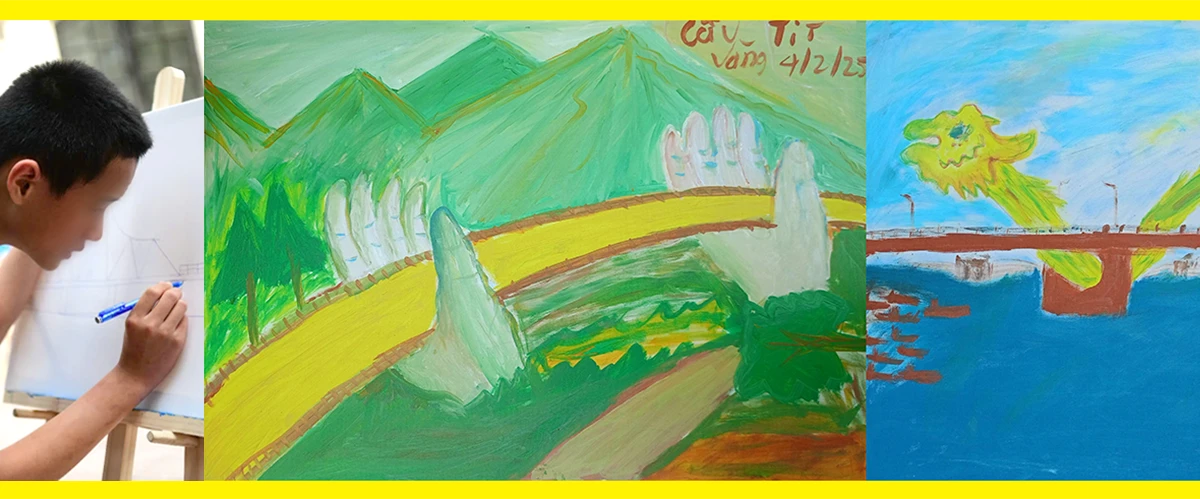
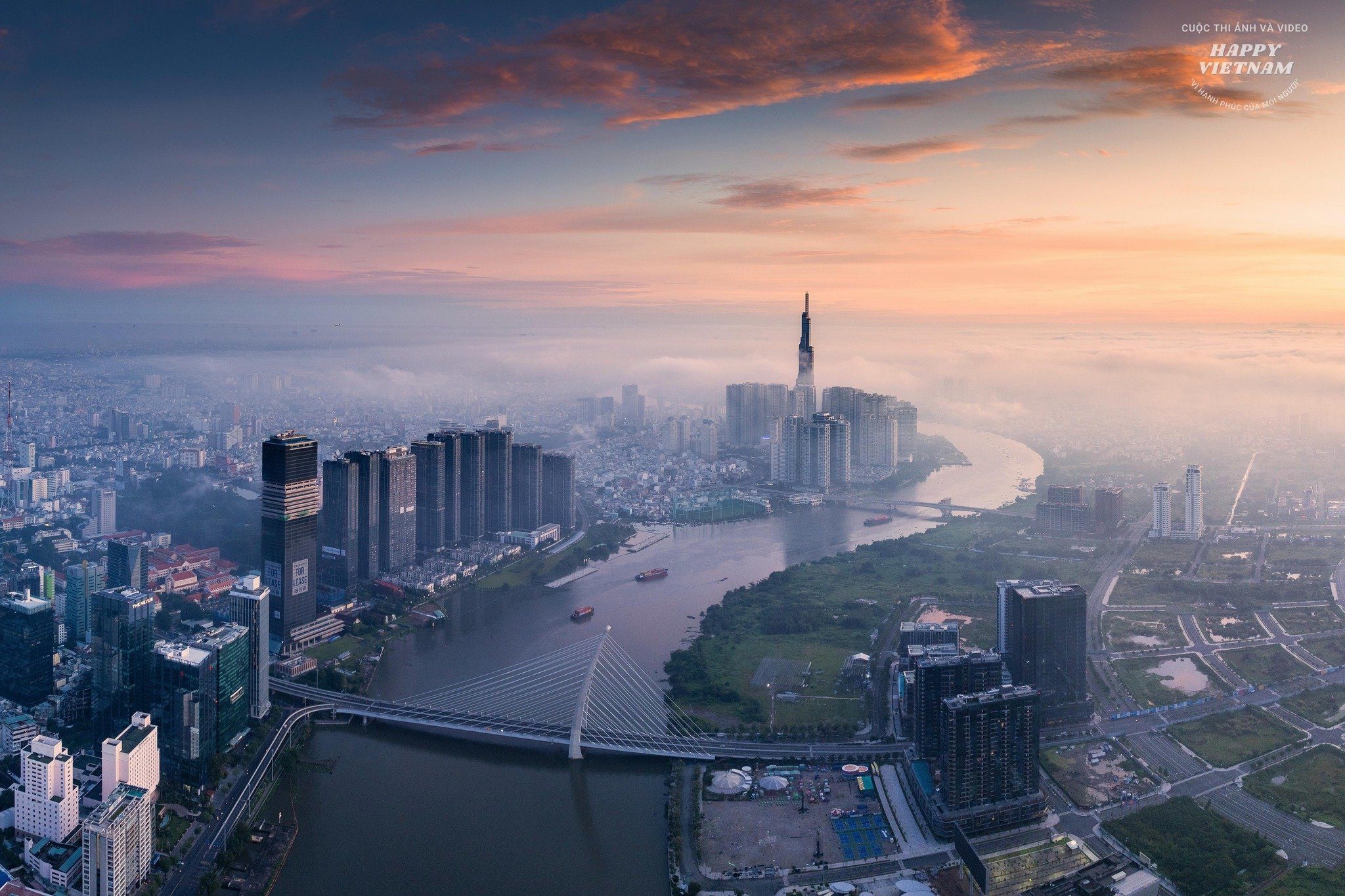






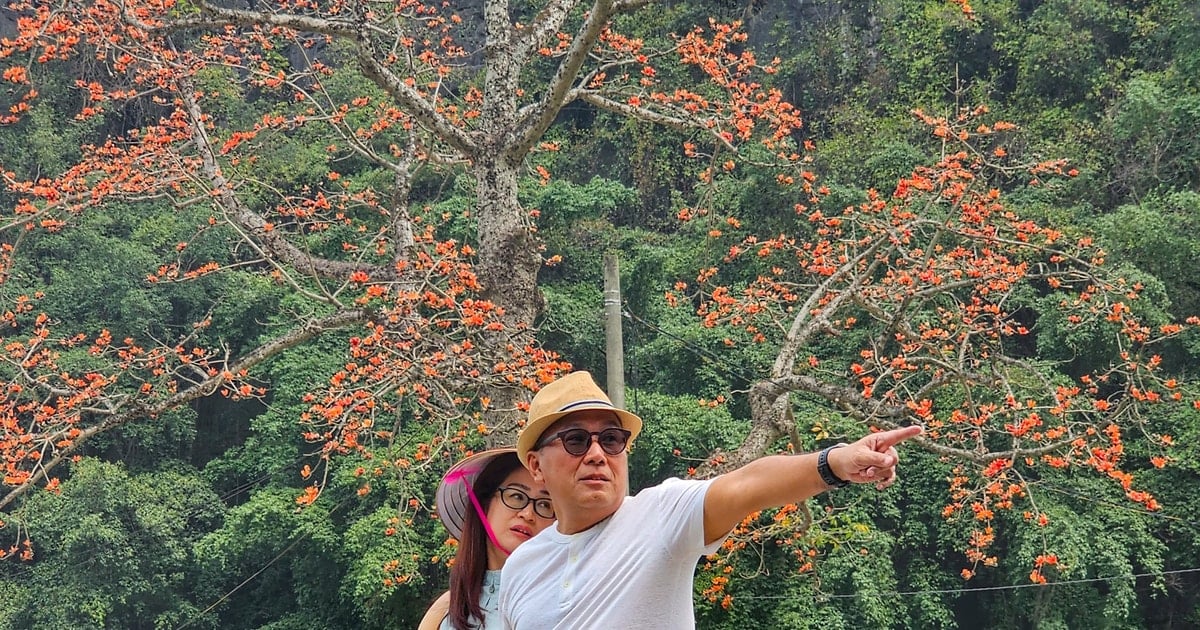

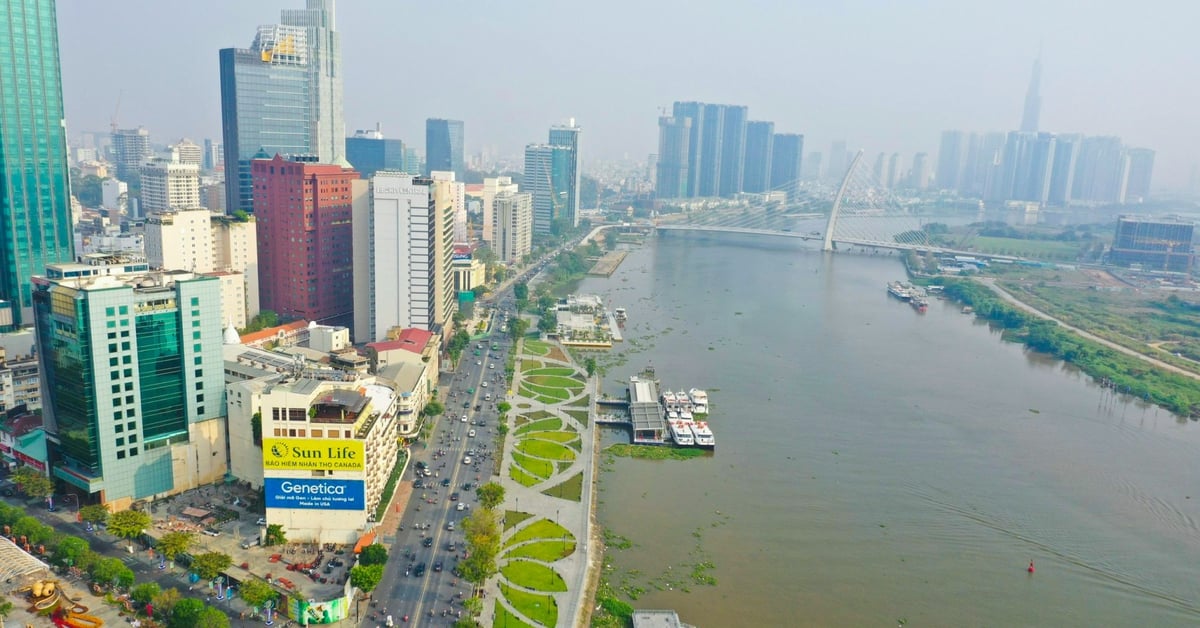

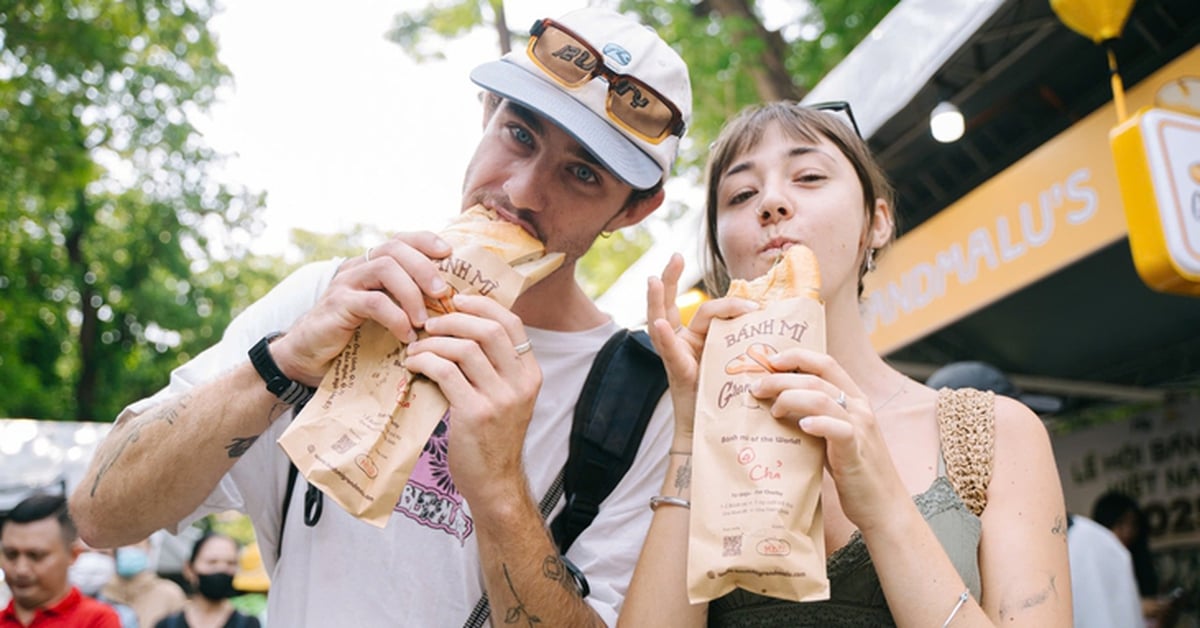
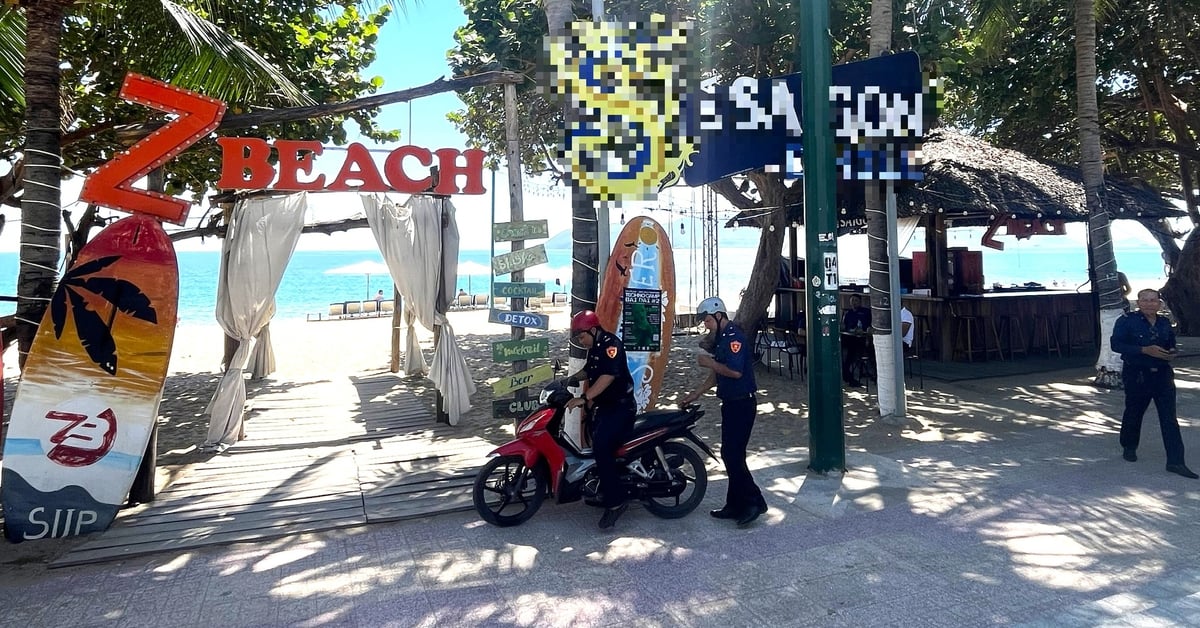












































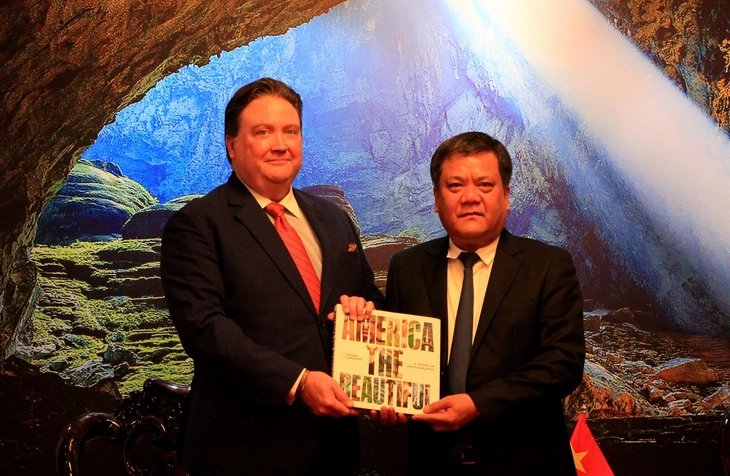
















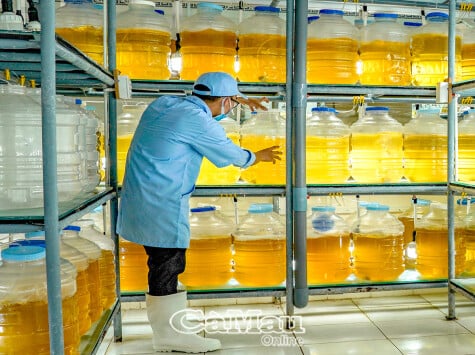
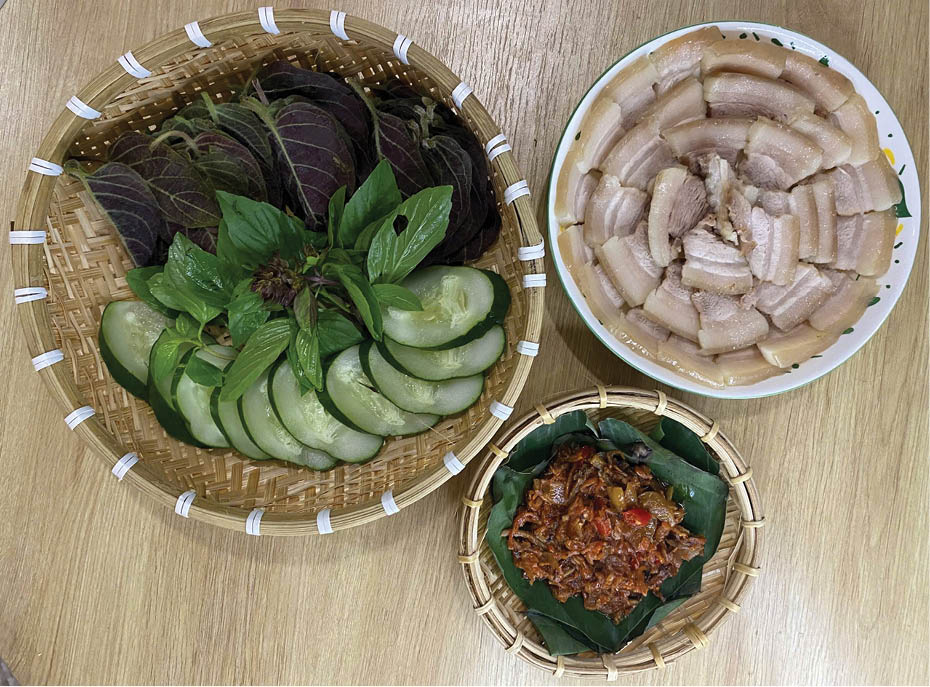










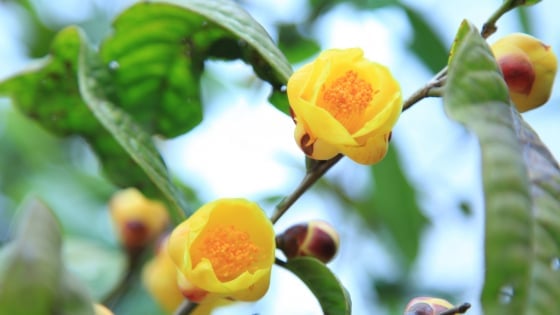

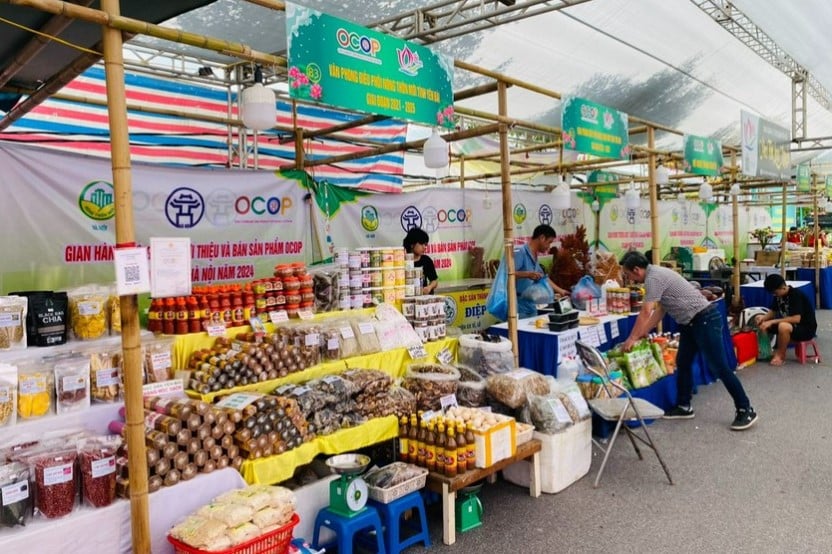
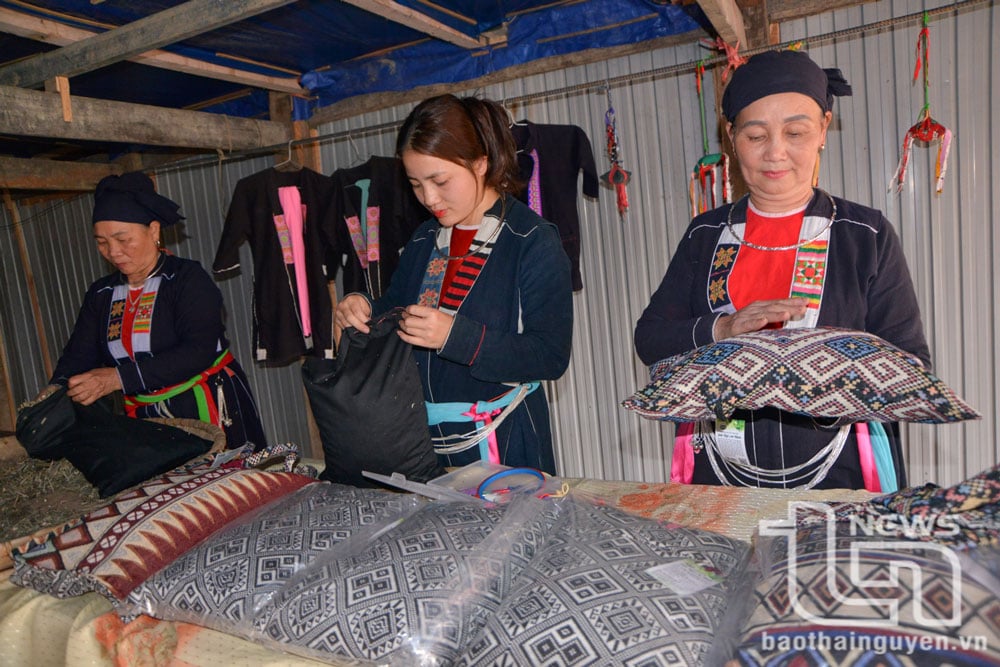



Comment (0)